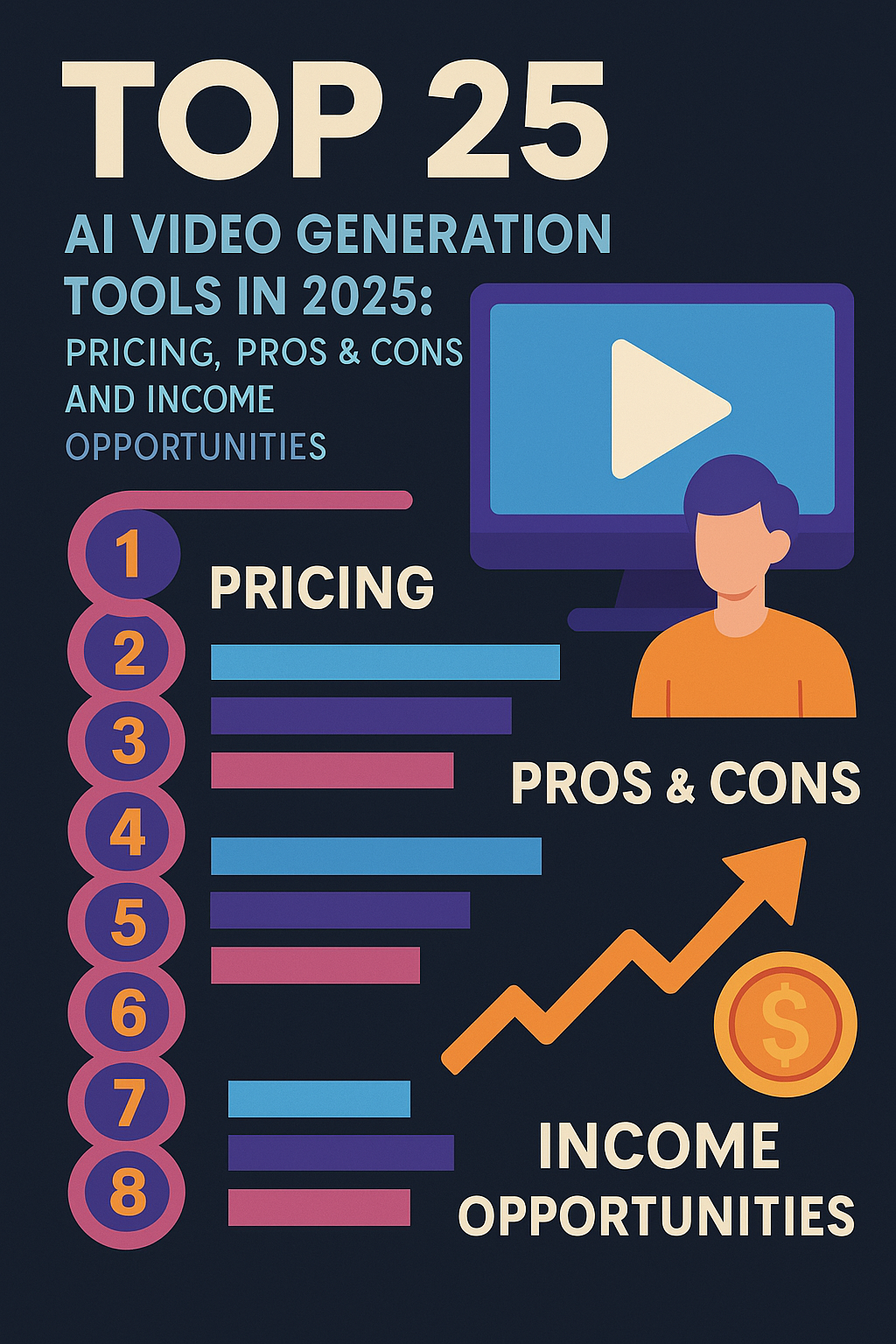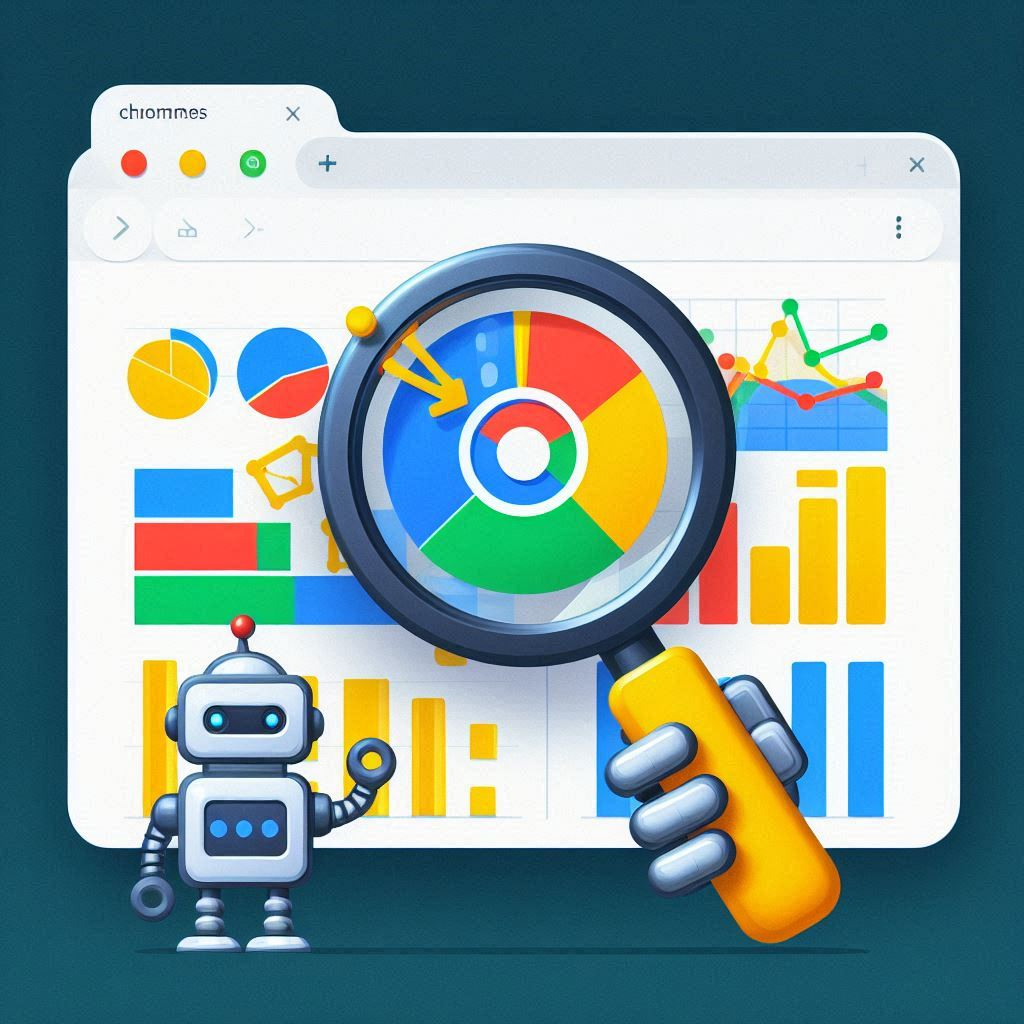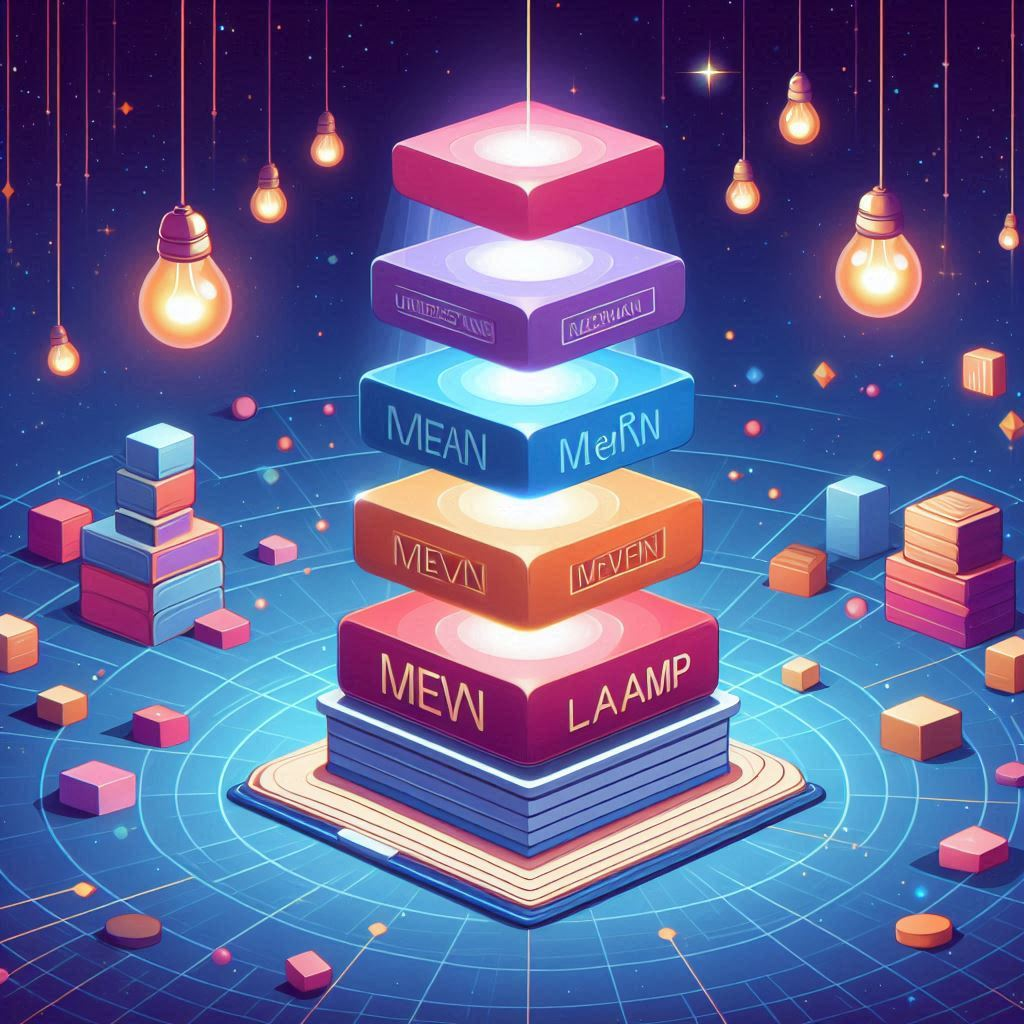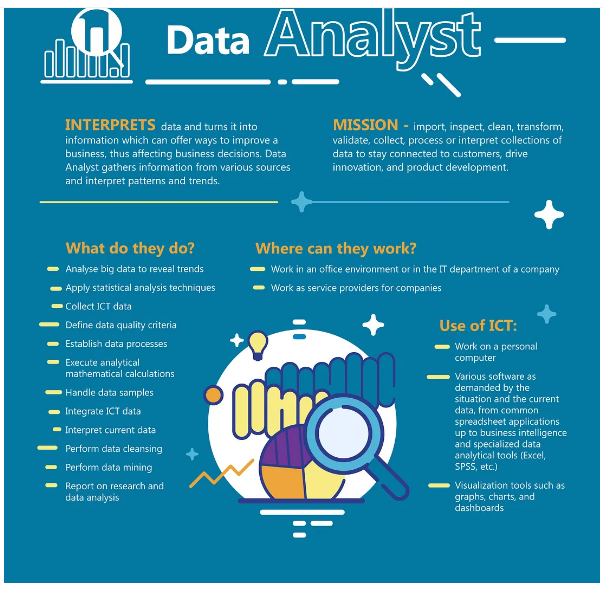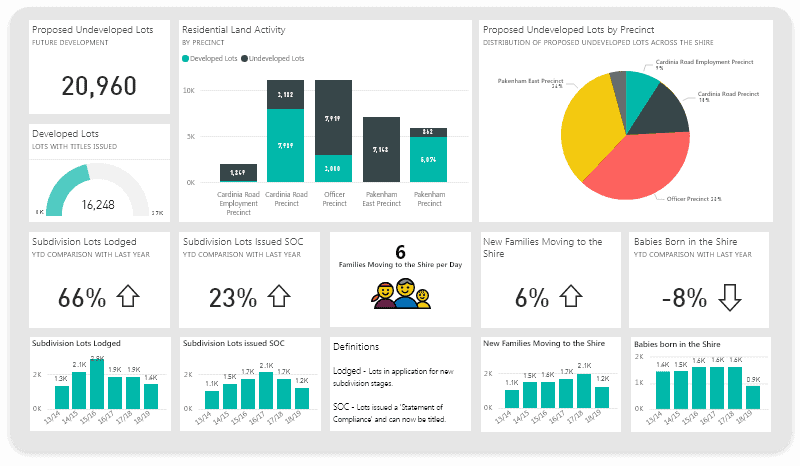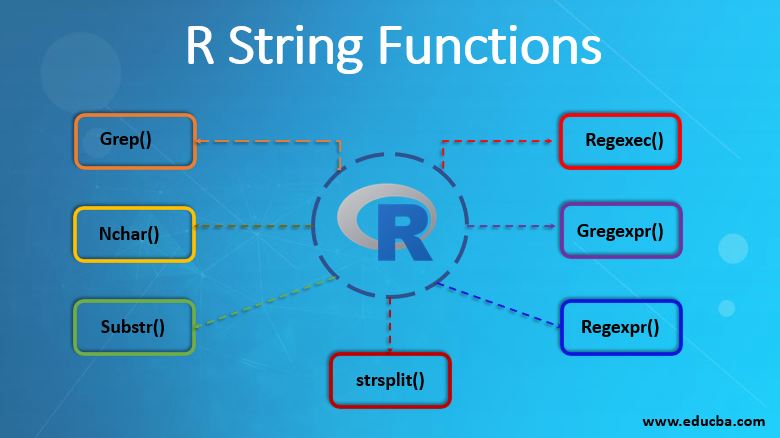
Machine Learning for Beginners: A Practical Guide
Introduction to Machine Learning
Machine Learning (ML) is a fascinating field that empowers computers to learn from data without being explicitly programmed. As a beginner, diving into this world might seem daunting, but fear not! In this article, we’ll demystify ML and guide you through the essential concepts and tools.
What Is Machine Learning?
At its core, machine learning enables computers to recognize patterns, make predictions, and improve their performance over time. Here’s a brief overview:
- Artificial Intelligence (AI): AI refers to systems or machines that resemble human intelligence. It encompasses various technologies, including ML.
- Machine Learning: ML is a subset of AI. It allows machines to learn from experience and adapt without explicit programming. Think of it as the backbone code that trains an AI system to recognize patterns and make decisions.
How to Begin Learning Machine Learning
As a beginner, follow these steps to embark on your ML journey:
- Understand the Basics:
- Learn about supervised learning (where models learn from labeled data), unsupervised learning (finding patterns in unlabeled data), and reinforcement learning (reward-based learning).
- Explore regression (predicting continuous values) and classification (categorizing data into classes).
- Learn Python:
- Python is the go-to language for ML. Familiarize yourself with its syntax, libraries (such as NumPy, Pandas, and Matplotlib), and Jupyter Notebooks.
- Explore ML Libraries:
- TensorFlow: A flexible open-source ML library with abundant resources.
- PyTorch: Loved by researchers for its simplicity and flexibility.
- Scikit-learn: Effective and easy-to-use for everyday ML tasks.
- Practice with Datasets:
- Work on small datasets to understand ML concepts.
- Experiment with data preprocessing, feature engineering, and model training.
- Online Courses and Tutorials:
- Platforms like Coursera, edX, and Udacity offer excellent ML courses.
- Follow tutorials on Kaggle or towards AI to gain practical experience.
- Build Projects:
- Create simple ML projects (e.g., predicting house prices, classifying images).
- Learn by doing and iterate on your models.
Primary Tools for Studying Machine Learning
Here are some essential tools for your ML journey:
- TensorFlow: An open-source library for crafting diverse ML models.
- Pros: Flexible, well-documented.
- Cons: May be challenging for beginners.
- Learn more about TensorFlow
- PyTorch: User-friendly and popular among researchers.
- Pros: Simple, great for experimentation.
- Cons: Less suitable for large projects.
- Explore PyTorch
- Scikit-learn: Effective for everyday ML tasks (classification, regression, clustering).
- Pros: Easy-to-use, extensive functionality.
- Cons: None for beginners.
- Discover Scikit-learn
Conclusion
Machine learning is an exciting field with endless possibilities. Dive in, explore, and remember that practice is key. Start small, build your knowledge, and soon you’ll be creating ML magic!




